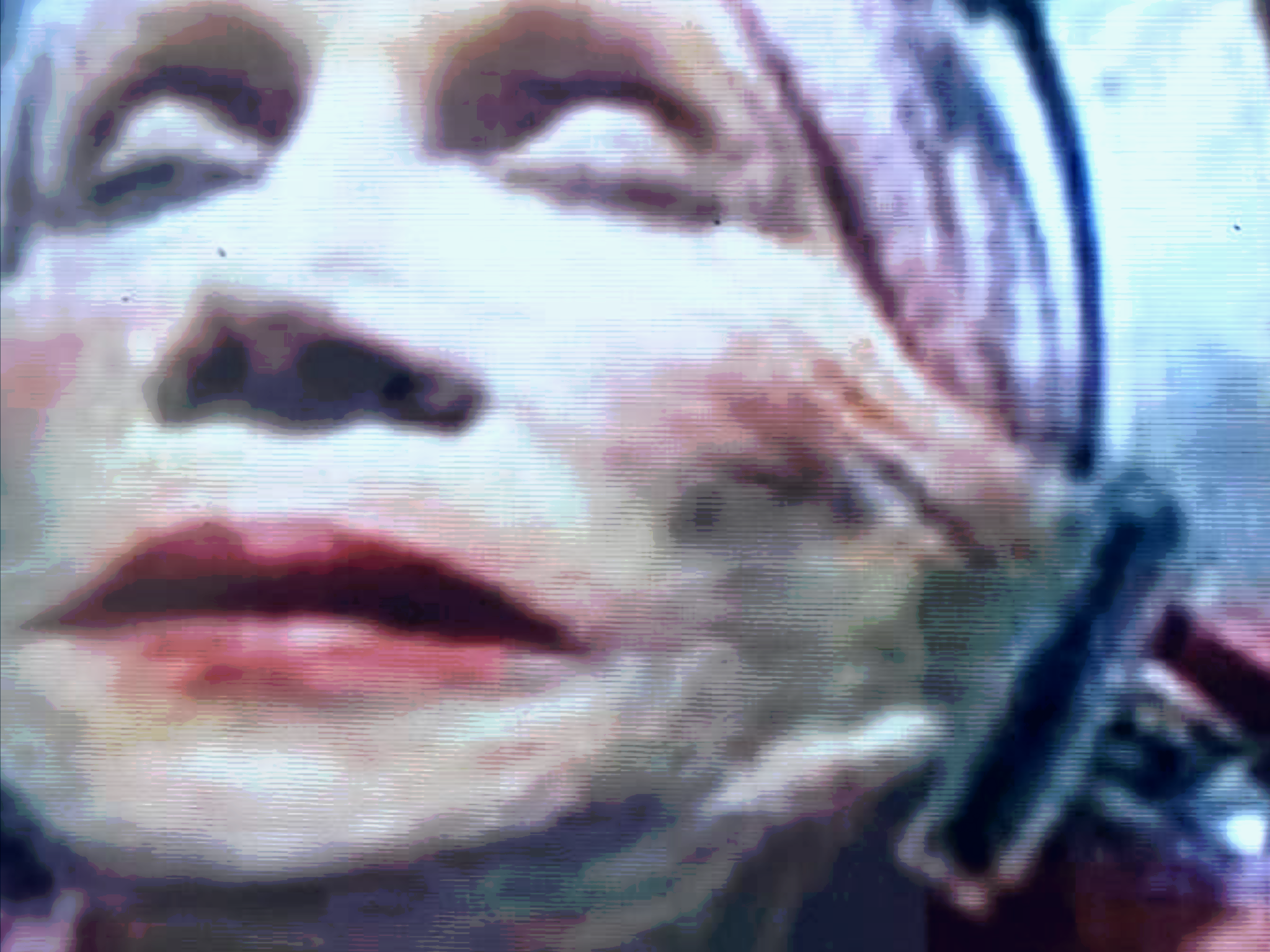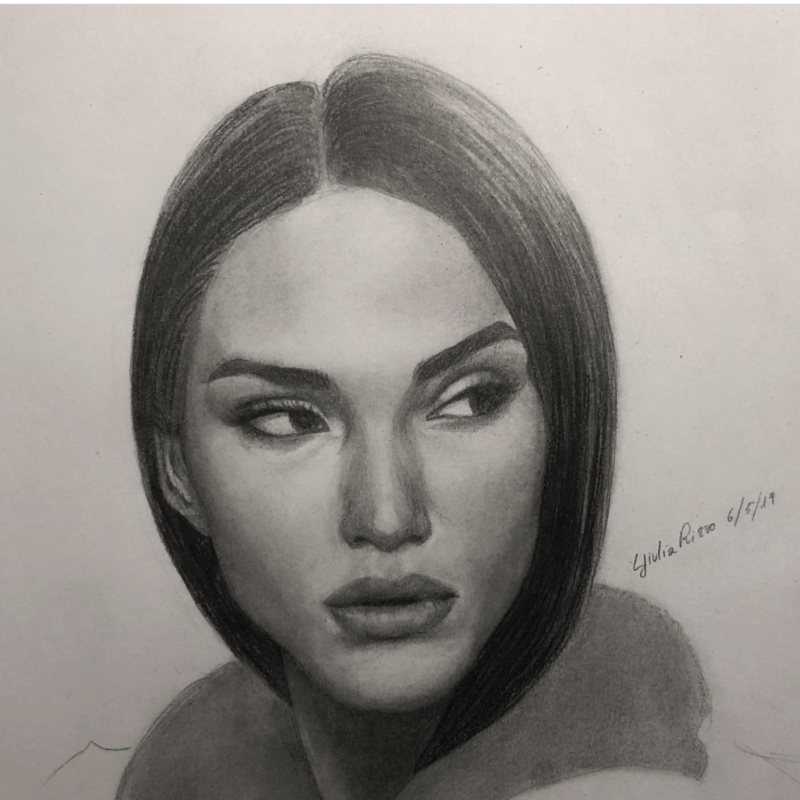For decades, the surgical facelift was considered the gold standard in facial rejuvenation. By pulling back the skin and deeper layers, it aimed to correct sagging, wrinkles, and age-related tissues ptosis.
While effective in the short term, this approach also presents important limitations:
- Long and sometimes difficult recovery
- Visible or hidden scars that interrupt natural tissue dynamics
- Risk of an unnatural or “pulled” appearance
- Ineffectiveness against the progressive atrophy of bone, fat, and muscle that drives true facial aging
In Morphodynamic Cosmetic Surgery, the concept of lifting has been redefined.
The goal is not simply to “stretch” tissues but to restore their youthful dynamics by correcting the underlying causes of aging:
- Structural atrophy (bone resorption, fat loss, muscle thinning)
- Negative muscular dynamics (expressions that pull tissues downward)
- Loss of skin trophism and elasticity
Mini-invasive morphodynamic lifting integrates several techniques:
- Threads to reposition tissues and stimulate regenerative processes
- Autologous fat grafting to restore volumes and improve vitality
- Myomodulation (with or without Botox) to reduce harmful muscle patterns
- Biostimulation to regenerate skin quality and elasticity
This multimodal approach produces results that are:
- Natural, because they follow the patient’s own dynamics
- Gradual, allowing progressive adaptation
- Stable, by addressing the root causes of aging instead of masking them
Surgical lifting may still have a role in advanced cases, but only when integrated into a broader strategy of regeneration and functional restoration.
The future of lifting lies in Morphodynamic techniques—shifting from aggressive surgical traction to functional, regenerative remodeling that respects both form and function.


